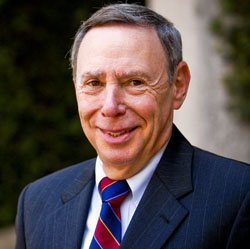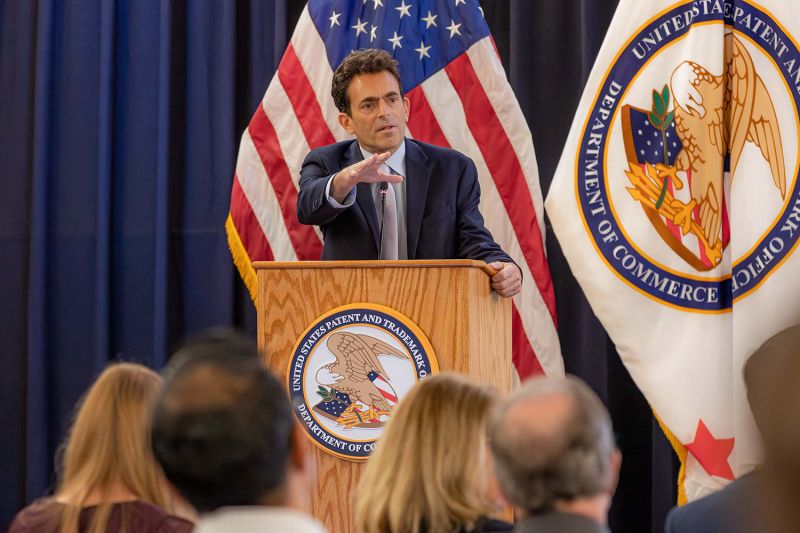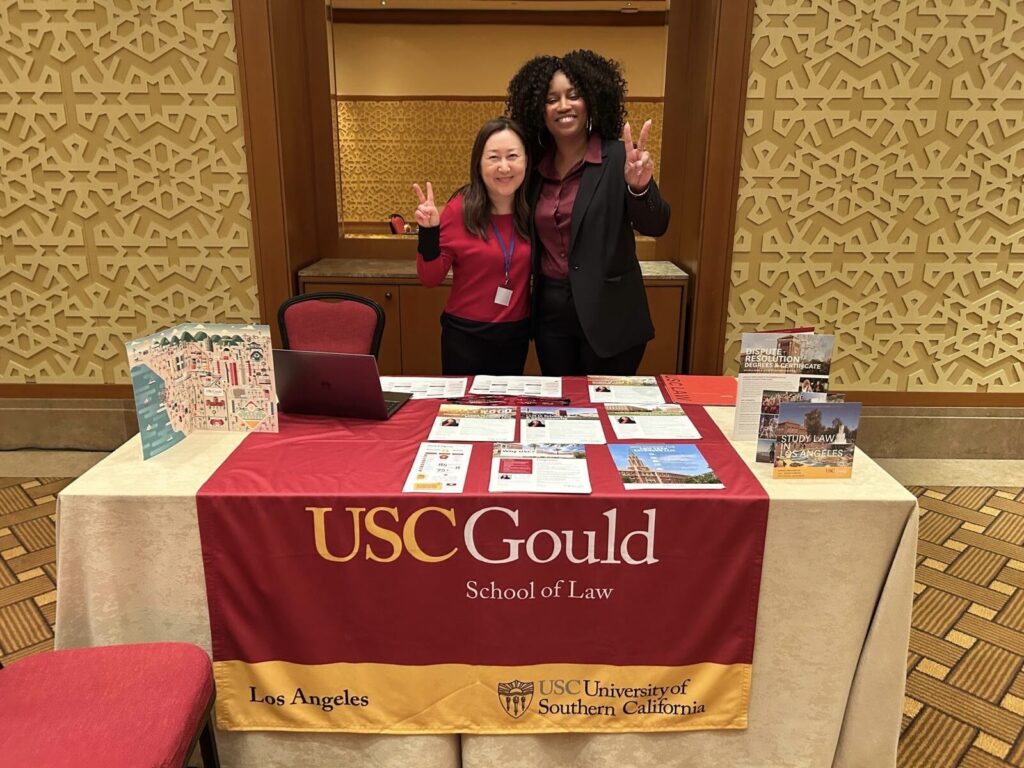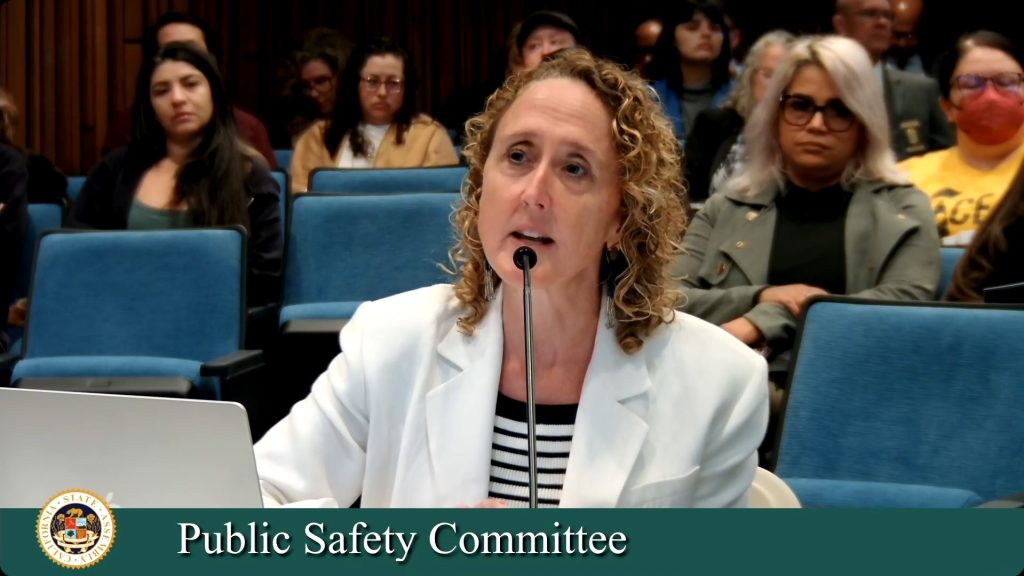Lecturer is making sure students are practice-ready
On the first day of his Advanced Contracts class, USC Law Lecturer Michael Roster does something unconventional for his 3L students.
He shows them a contract.
“What’s remarkable—and this is not unique to USC—is that our students take first-year contracts, real estate law and corporations law, and they’ve never seen a contract,” says Roster, who has served as general counsel for Stanford University, Stanford Medical Center and Golden West Financial Corporation. “When I mention this to non-lawyers, they look at me in disbelief.”
Like all USC Law lecturers, Roster was recruited for his deep experience as a high-performing practitioner in the legal world. Prior to his work as in-house counsel, he was the managing partner for Morrison & Foerster’s Los Angeles office and co-chair of the firm’s Financial Services Practice Group worldwide.
In Advanced Contracts, Roster requires students to analyze contracts from day one and later work in teams. Students not only draft contracts but also present them to their classmates. The goal, according to Roster, is to enable students to teach themselves and learn from each other.
By the time the class ends, he expects that each student will be competent to practice contracts law at the level of a six-month to one-year associate – although most students, he says, are at a two- or three-year attorney level.
“By the end of the course, I could have put any of their work product in front of any of my former clients, and they would have been very pleased with it. It was stunning how good the students were,” he says.
Parag Amin ’11 took Roster’s Advanced Contracts class last year. He passed the bar and has already put his contracts skills to work for a short-term project at O’Melveny & Myers.
“I came to law school with the idea that I wanted to do transactional work,” he says. “Looking at Prof. Roster’s background, I figured he would demand high-caliber work and know what clients are looking for.”
Amin says he benefited from having to draft contracts using broad criteria, as well as from having to give presentations, which he had not done for any other law school class.
 “Prof. Roster helped us to understand the practice of law, not just its theory,” he says. “I feel like I’m far ahead of people who didn’t take a class like that.”
“Prof. Roster helped us to understand the practice of law, not just its theory,” he says. “I feel like I’m far ahead of people who didn’t take a class like that.”
Roster’s interest in producing practice-ready graduates goes well beyond one class at USC Law. As former chair of the Association of Corporate Counsel, he was instrumental in the implementation of the ACC Value Challenge, an ongoing effort to better connect the cost of legal services to value by offering ideas for improving the way legal work is billed and managed.
“Four years ago, no one talked in terms of value with legal services. Now, all the marketing materials from firms talk about value,” he says. “Next is execution: lawyers are astronomically awful about change. By nature, we like precedent. We’re conservative how we go about things.”
Fred Krebs, who served as CEO of the ACC for 20 years, says Roster made significant contributions to the Value Challenge at a time when there was a high level of dissatisfaction with what he calls the “cost equation of legal services.”
“Mike is smart, thoughtful – a leader,” Krebs says. “He’s a visionary who’s always been willing to speak up. He challenges conventional wisdom and is very constructive in both his criticism and his praise.”
For these qualities, Roster was asked to serve on USC Law’s ad-hoc committee to recommend modifications to the law school curriculum. The committee was formed in response to changes graduates are facing in the legal profession, where information technology and clients’ demand for better value are changing how firms do business.
An attorney whose career predates the advent of the billable hour in the late 1970s, Roster is concerned that top law schools are still teaching from the case-law method developed at Harvard in the 19th century.
“That method might have made sense back when law was more litigation-oriented,” Roster says. “But now, less than half the work at most big firms is in litigation. The modern legal world also requires that we focus on the solo practitioners and smaller firms. That’s where the market is going to be for most law school graduates.”
Roster says firms must prepare for dramatic change in the legal market. He cites research indicating that, over the last 10 years, costs to U.S. companies for most services rose 20 percent, while legal costs increased by 75 percent.
“That’s a monster industry bubble inside a monster bubble that existed in the economy,” Roster says. “The economy’s bubble burst and the legal industry bubble is in the process of bursting.”
As market forces take hold, according to Roster, law firms will focus on hiring graduates who can contribute from day one, which is what he was expected to do when he entered the profession.
“When I started practicing back in 1973 or thereabouts, we were in court the first month,” he says. “In the current system, you’re in your fourth or fifth year at the larger firms before you get much court or other front line experience. For the firms, there is money to be made in being inefficient. And it has hurt the youngsters, it has hurt the firms and it’s definitely hurt the clients.”
Roster foresees no conflict between some modification of the curriculum and the education that law students currently get in law school.
“It’s very useful to have the traditional law school curriculum, at least at the outset,” Roster says. “One interesting possibility is to match up the very good teaching skills of the tenured faculty with the practical skills of adjunct faculty. There’s an extraordinary wealth of areas for true academic scholarship in such an arrangement.
“We need to keep teaching students to think like lawyers, but in today’s world that means to think like practicing lawyers,” he says.
-A version of this story appeared in the Summer 2012 USC Law Magazine

















